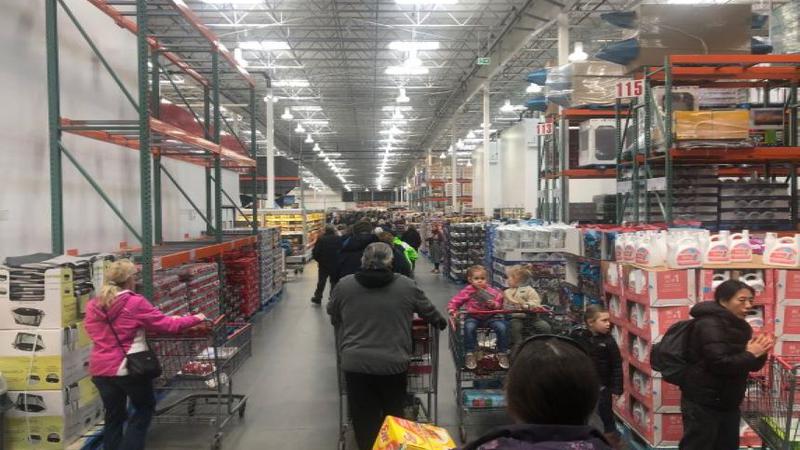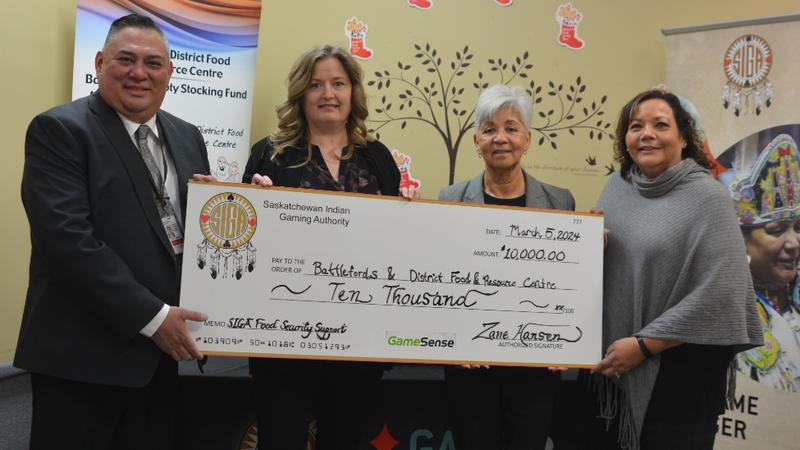
Flow of consumer goods should remain stable through fall and winter, says University of Saskatchewan expert
An associate professor of marketing at the University of Saskatchewan doesn’t believe this fall and winter, the province will experience the widespread shortage of some basic items like we did last spring.
At this point, David Williams believes supply chains, which are the logistics and the supply of goods from the producers to the consumer, will remain stable.
Williams says the toilet paper/personal protective equipment/cleaning product shortage was something quite extraordinary- because the beginning of the COVID-19 pandemic, which reached Saskatchewan in early March – was also unexpected.
“This one was so unexpected that it’s still miraculous that there was still toilet paper and wipes to be had. And this was an exceptional circumstance that couldn’t be predicted.”


